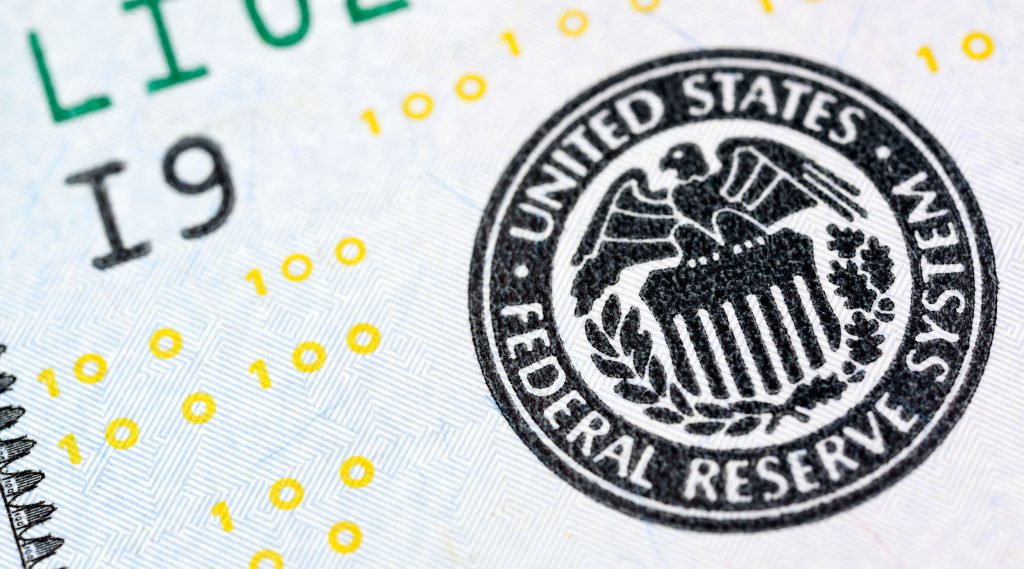Year-ahead commentary is challenging for us: We believe predictions contribute more to investment mistakes than outperformance. But the New Year does offer opportunity to consider recent experiences in long-run, strategic terms.
Looking back on our 2021 commentary, we’ve identified three key risk factors for 2022 and ways to manage them.
- The pandemic: Don’t overcount it.
- Meme investments: Approach with caution.
- Interest rate risk: Position portfolios for resilience.
We are less focused on these risks than on how to minimize behavioral mistakes related to them. A long-run asset allocation strategy that accounts for these risks can help investors prepare for a variety of scenarios in the New Year.
The Irrelevant Pandemic?

In 2021, we devoted zero investment perspective articles to the Coronavirus pandemic. We hadn’t planned to skirt the topic. However, looking back, we’re proud of this choice: Investors shouldn’t overly focus on this highly emotional, attention-grabbing phenomenon.
The COVID outbreak was arguably the most important global event of the past five years, but its effect on asset prices — especially stocks and bonds, where Counterpoint’s strategies focus — was highly unpredictable. Stocks reached new highs; core bonds delivered disappointing returns. So much for a risk-off trade amid a global recessionary headwind. Meanwhile, many investors let fear and dismay – natural responses to a global disaster – intrude into their decisions.
An eternal theme for us is that emotion-driving headlines are as likely as not to leave investors wrong-footed. One way to prepare for such surprises is to invest in systematic diversifiers to help prepare for when emotional trading grabs hold of traditional asset classes.
Themes and Memes: Was It All a Dream?

Our lack of direct coverage notwithstanding, the pandemic did impact how we talked with investors. COVID lockdowns contributed to the YOLO craze of 2020-2021, where meme stocks and innovation themes drove prices to wild heights.
Counterpoint’s strategies seek to focus on long-run fundamental drivers of returns. In response to the YOLO trade, we emphasized ways to manage its accompanying risks. We stressed the importance of knowing how thematic strategies can affect portfolio positioning, and we charted the (difficult but not impossible) path to victory available even to highly aggressive tech investors. Investors should approach meme and innovation stocks with healthy skepticism and a clear sense of their risks.
Interest Rates, Which Always Matter, Are in Focus

Inflation and low rates dominated our conversations this year. The key question for many investors appears to be whether the low-rate, high-liquidity environment that has dominated the past decade will persist, or whether a new regime of tighter monetary policy and scarcer capital may emerge.
We think investors should be careful about overallocating to cash in an uncertain inflation environment. They should also evaluate their bond portfolios’ sensitivity to rising rates and identify creative solutions that have a chance to deliver reasonable returns in a potentially low-but-rising rate environment.
Conclusion
We believe bold market predictions often leave investors worse off. On the other hand, our strongest belief is in systematic processes that prepares portfolios for many scenarios.
Uncorrelated systematic strategies can have the paradoxical effect of freeing investors from focusing too heavily on big drivers of traditional asset class performance – things like the pandemic, meme stocks, and interest rates. When a portion of a portfolio includes systematic alternatives, an investor can afford to be a little less focused on making big predictions, a little more humble about what we actually know about the future, and a lot more focused on achieving favorable long term results.